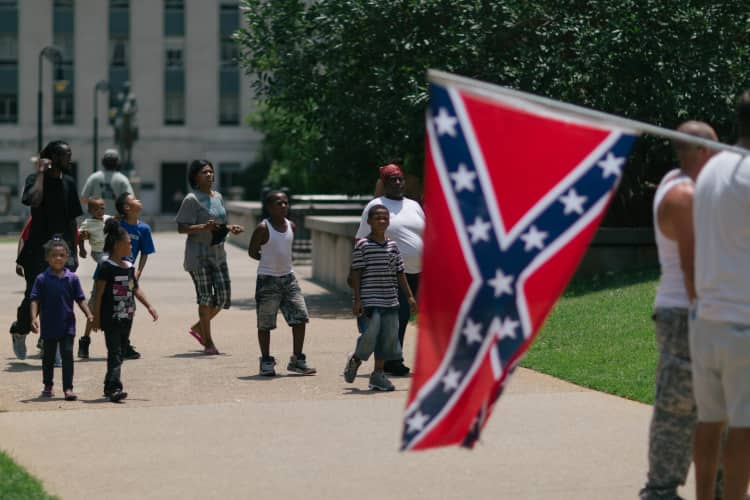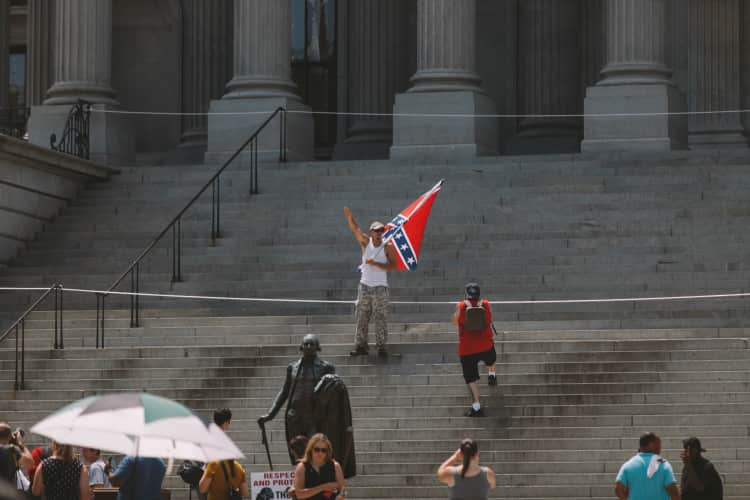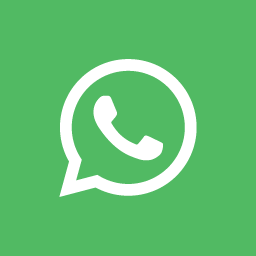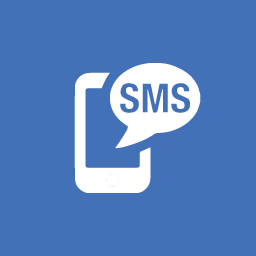This Is What South Carolina’s Clashing Protests Actually Looked Like
Photographer Ian Reid chronicles last weekend’s Black Panther and Klu Klux Klan demonstrations about the Confederate Flag.

Discussions of race in America today can often be a knotted loop of double-blind biases and straw-man rhetoric, played out in internet comment sections and controversial court rulings. Exchange gives way to exclamation, and the comfort of arguing seems to trump the pursuit of a solution, with dangerous and at times deadly results. This rigid, near-absurdist song and dance came to life in South Carolina this past Saturday, when modern incarnations of the Klu Klux Klan and the Black Panther Party gathered for neighboring rallies/protests at the State House in Columbia—the site where the polarizing Confederate Flag had been removed the week prior.
Photographer Ian Reid captured men and women on both sides of the fence (the police literally fenced protesters apart), facing off for the first time in a generation. Their ideologies were extreme and their debates seemed to go unresolved, but sometimes a view of the fringes of a society can bring into focus a fuller image of the center. Here, Reid recalls his experience, in his own words and images.

IAN REID: It was an important piece of history that was about to happen down there, with the South and the removal of the Confederate flag from a southern state. That’s quite historic on a lot of levels, so I knew I had to be there. I left New York at 9PM, got down there at like 10AM the next day, and then everything started happening around 11AM. I’m not that familiar with South Carolina. I just looked it up on my phone and there it was.
As soon as I walked up the block to the steps where the state building was, there was a man on the steps with a Confederate flag, making some sort of Nazi gesture with his hand. That was the first photo I took. This was at the very beginning; there weren’t that many people there. There were a few klansmen, but mostly Black Panther people and reporters.
It wasn’t even a protest; it was a rally about the flag being taken down that was sponsored by the Black Panther Party and the Black Educators Group. Then the Klan had a separate rally, where they said it was their heritage being taken away from them by removing the flag. In the front of the statehouse, the Panther Party was speaking, and it was very cheerful and joyous. There were sporadic moments of debate—people in the crowd would show up with their Confederate flag, and pledge their allegiance to the flag as members of the South. People in the crowd would engage them in debate, and those debates got a bit heated, but overall it was very peaceful. Just high energy and high spirits, people being overcome with joy that the flag was taken down.
A lot of the people who were showing up with the flag were in favor of it staying because it’s what they grew up knowing and seeing. Some of the people that were debating this were black people, sometimes there were white people, and they said the flag represented a part of time that they weren’t proud of: the Confederate era of the South. There were a few debates about what the flag meant to different people, and it meant something different to everyone. There was no clear answer about what the flag meant.
There was no resolution at all. The debates would end up getting really heated, and the cops would step in, and they would break up the debate and two people would just leave. One person would walk to the left, and the other person would walk to the right, and that would be the end of the debate. There was all kinds of police: the local police, the state police, some police from some other counties. They had undercover police; they had some snipers. The police were actually very reserved in light of what was going on and what was happening. They just observed the situation, and when things got a bit tense they would show up and diffuse the situation and then go back to observing.
There was a few instances of flag snatching, and that was kind of it. There weren’t really too many instances where they had to step in and do something. There were a few families at the Panther part in the beginning, but when it shifted to the Klan side, the families dispersed. There was one Klan family there. I actually felt bad for him, because things started going left and the little kid got scared. He’s a child; he doesn’t really know anything else.
We were just in a dangerous situation. I saw quite a few fights and scuffles. There was no speaker at the Klan rally; they just stood on the steps of the statehouse, and waved their flags and their propaganda, and made gestures toward the audience. You couldn’t get close to them at that point, but their rally ended early. The police made a path for them to walk out of, from the statehouse steps, and that’s where shit just went left. Some of the other protesters began to just go in on them—throwing water bottles, saying things, getting in their faces. That was the only time we were actually close to them, where you could be shoulder-to-shoulder with a Klansman. They were definitely out numbered and out-mobbed, so they did what they could.
There was definitely more debate as the Klan left their rally. They chanted "White power," and a few Black people marched on both sides of them while they chanted, and gave them very hard stares, walking next to them with their fists balled up like they were ready to punch them. Towards the end, they were all parked in this parking lot down a hill. One kid jumped over this little barricade and punched one of the Klan dudes in the face, and it went downhill from there. The groups started to scuffle, and then they started to run. Some Klansmen ran to the garage, and the police were right on top of it. They made a barricade in front of the garage and let the Klan in and kept the protesters there out of the garage. But there were still a bunch of Klan people in the back who hadn’t made it down the hill. So the Klansmen were subject to a lot of hostility and tension and violent acts.
I've experienced racism on so many levels and in so many forms, that I do understand where the black hostility comes from. And I also understand the path that the Klan has. The Klu Klux Klan is a very dangerous organization. They’ve been labeled a terrorist organization by our government. And they’re a hate group. So there’s a lot of tension and emotion that goes into that. There were a lot of old people out that were protesting, that were victims of some of the Klan’s antics. If you’re in your 50s, your mom, as a southerner, definitely went through some issues with the Klan at one point or another in her life, or your dad went through some issues. So you had a lot of pent-up aggression that you could never get out. At that time, the Klan they still wore hoods and robes. You didn’t know who they were. At this particular rally, there were no hoods and robes. They wanted you to see who they were.
That was one of the main differences at this rally: you could see them for who they really were. It might have been the kid at the auto-body shop, or the guy who worked at the coffee shop, or the gas station attendant. There was no hiding. So people reacted with hostility, because they had a lot of aggression in them, due to stuff the Klan had done in the past. It does make a difference when you see who these people are. It was very mentally draining to listen some of the things that the Klansmen spoke of. They hate a lot of people and a lot of things.
I interacted with a few Klansman. For what it’s worth, they weren’t as bad as I expected them to be. I talked to maybe four of them at the end of the rally, when they were in this parking lot. It was me and one other reporter in this lot. We were the only two people in there with cameras. The Klansmen walked in, and I asked a few of them if I could take their photo. They all obliged. They thanked me for coming out and doing my job, actually. It was interesting to hear them say "Thank you," to me, a black man, for taking their photograph. I asked if they felt their rally was successful, and they said yes, because they came out and they wanted to be heard, like everyone else wanted to be heard; they wanted to be seen like everyone else wanted to be seen. They didn’t want to hide behind those robes and hoods anymore.




